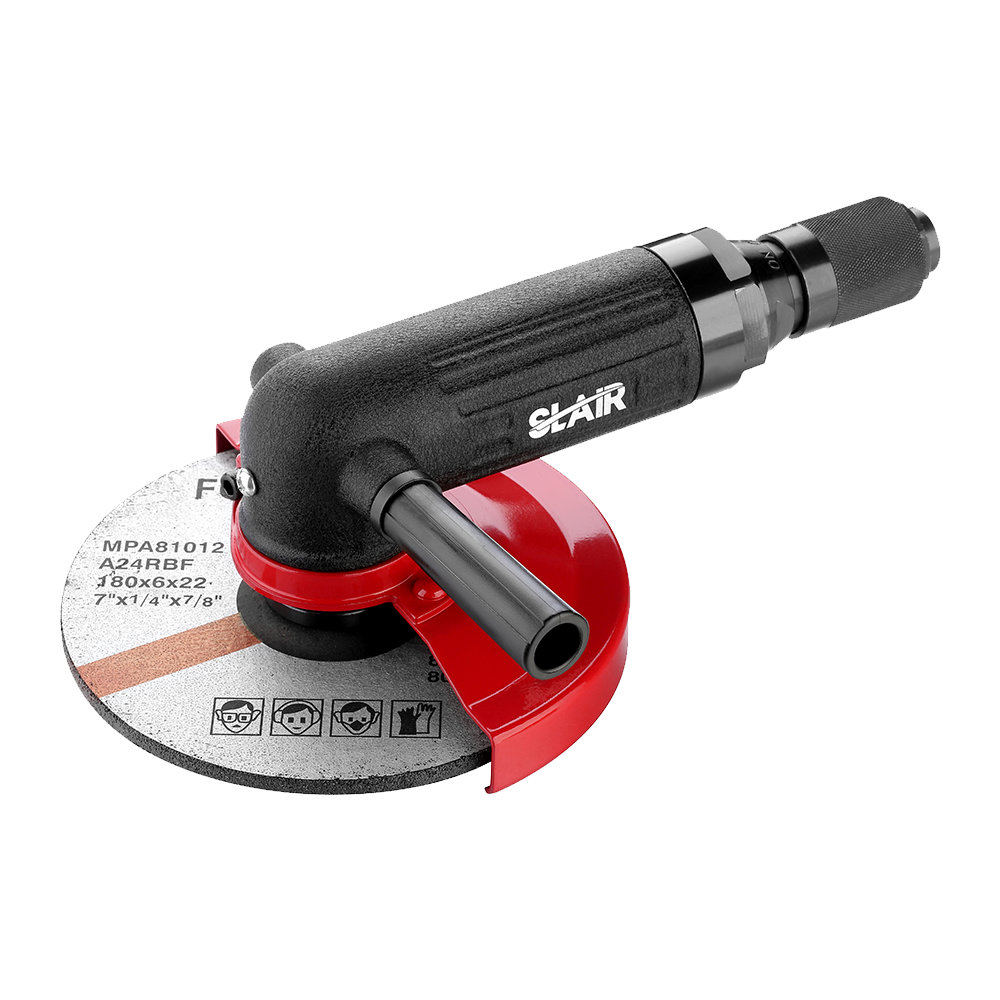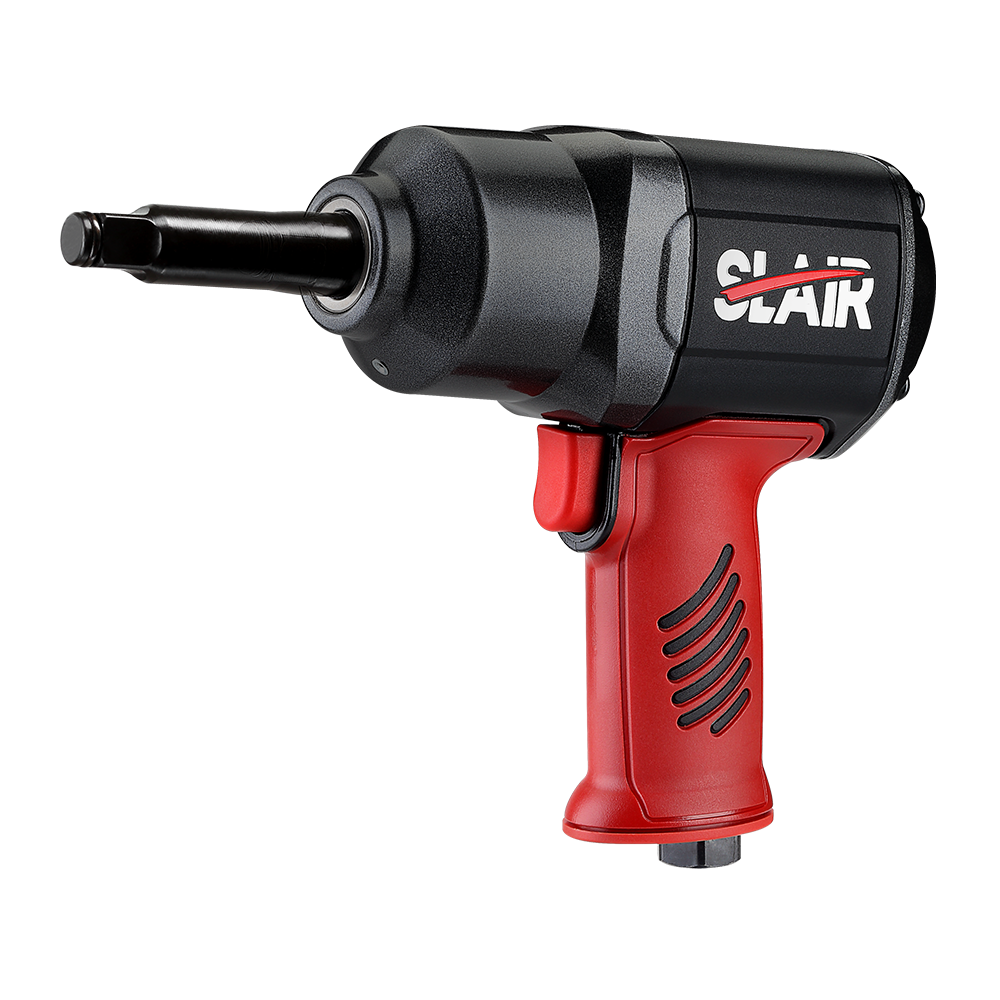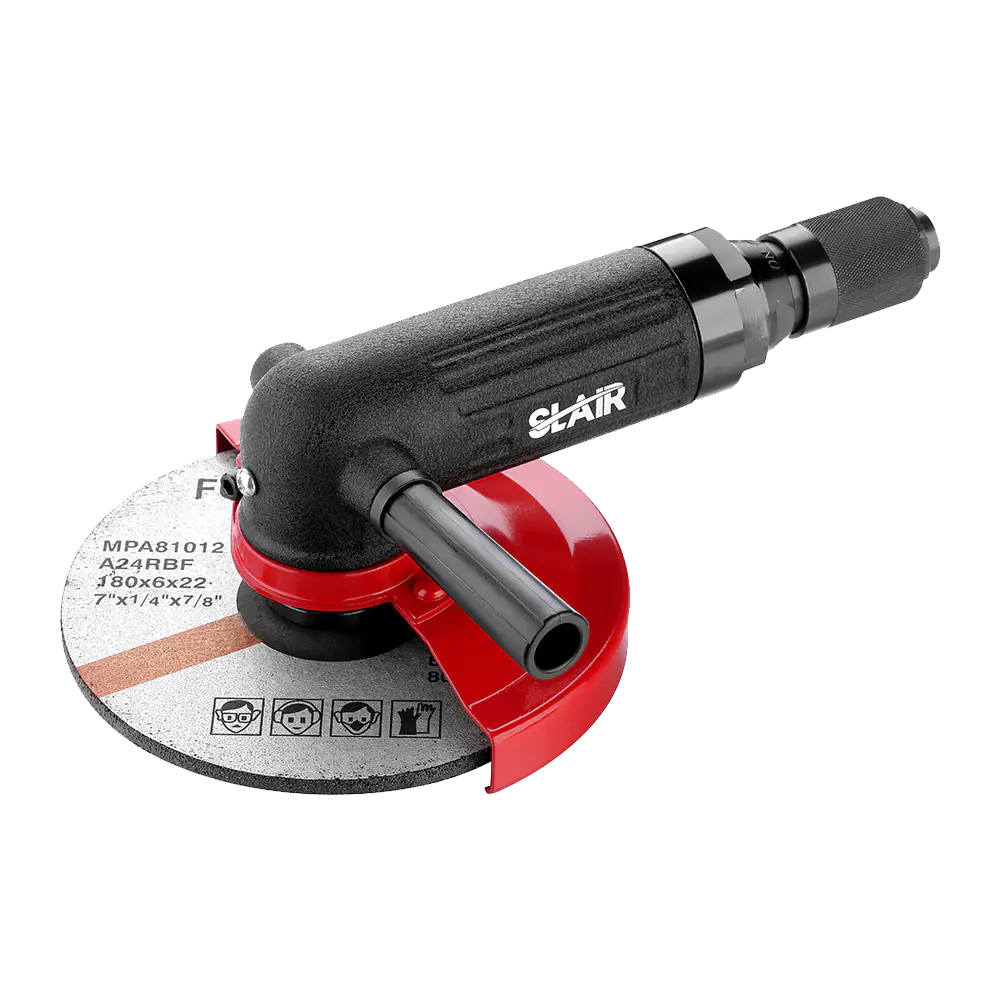Comfort and Fatigue: Lighter air angle grinders are designed to be more ergonomic, reducing the strain on the user's hands, wrists, and arms. This ergonomic advantage is crucial for professionals who use the tool for extended periods. A well-balanced, lightweight grinder minimizes muscle fatigue, allowing users to work more efficiently and comfortably without compromising on performance.
Precision and Control: The reduced weight and compact size of a grinder enhance precision and control, particularly in applications requiring fine detailing. Users can achieve greater accuracy in their work, as the lighter tool allows for finer adjustments and more deliberate movements. This increased control is essential for tasks such as detailed grinding, smoothing, or polishing, where precision is critical to the quality of the finished work.
Accessibility: A compact and lightweight air angle grinder excels in reaching tight or awkward spaces that may be inaccessible with larger, heavier tools. Its maneuverability makes it an ideal choice for applications in confined areas, such as working on intricate parts or in narrow gaps. This capability enhances the tool’s versatility and allows users to perform a broader range of tasks with greater ease.
Stability: Heavier air angle grinders offer increased stability, which can be advantageous when working with tough materials or applying significant pressure. The added weight helps to maintain a steady hand, ensuring consistent pressure and reducing the likelihood of uneven results. This stability is particularly beneficial for applications that require a steady, controlled force to achieve smooth, uniform finishes.
User Fatigue: Heavier grinders can contribute to greater user fatigue during extended use, which may affect overall productivity and the quality of work. Prolonged handling of a heavy tool can lead to muscle strain and decreased precision as the user becomes tired. Selecting a grinder with an optimal weight for the task at hand can help mitigate these effects and enhance overall efficiency.
Balance: The size and weight distribution of an air angle grinder directly impact its balance. A well-balanced tool is easier to handle, reducing the risk of mishaps and improving user safety. Conversely, a poorly balanced grinder can be cumbersome and difficult to control, potentially leading to inaccuracies or safety hazards during operation.
Handling: The handling characteristics of an air angle grinder are significantly influenced by its size and weight. Heavier models can be more challenging to maneuver, especially in overhead or vertical applications. This can impact the ease of use and efficiency of the tool, making it essential to select a grinder that matches the specific demands of the task and the user's physical comfort.
SLAIR 7" AIR ANGLE GRINDER, KNOB, PROFESSIONAL, HEAVY DUTY






 English
English 中文简体
中文简体 русский
русский Deutsch
Deutsch Português
Português Español
Español
















